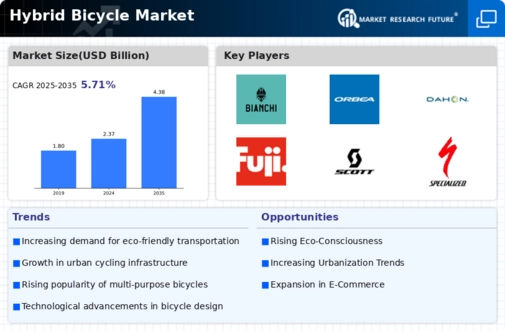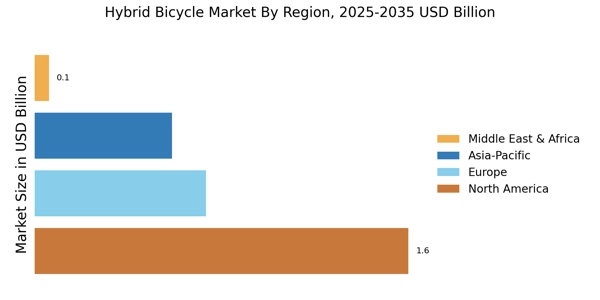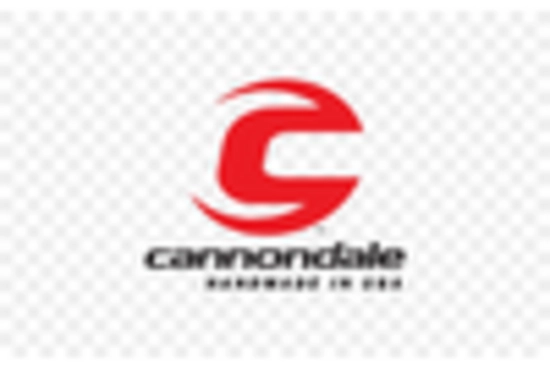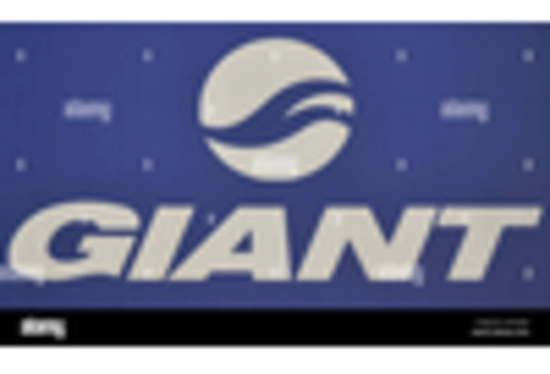Urbanization and Commuting Needs
The increasing trend of urbanization appears to be a pivotal driver for the Hybrid Bicycle Market. As more individuals migrate to urban areas, the demand for efficient and eco-friendly commuting options rises. Hybrid bicycles, which combine the features of road and mountain bikes, offer a practical solution for navigating congested city streets. According to recent data, urban areas are projected to house over 68% of the population by 2050, leading to a surge in demand for alternative transportation methods. This shift not only addresses traffic congestion but also promotes a healthier lifestyle, as cycling becomes a preferred mode of transport. Consequently, the Hybrid Bicycle Market is likely to experience substantial growth as urban dwellers seek sustainable commuting solutions.
Health Consciousness and Fitness Trends
The rising health consciousness among individuals is a notable driver for the Hybrid Bicycle Market. As more people prioritize fitness and well-being, cycling emerges as an appealing activity that promotes cardiovascular health and overall physical fitness. The World Health Organization has reported that regular physical activity can significantly reduce the risk of chronic diseases, which has led to an increased interest in cycling as a form of exercise. Furthermore, the hybrid bicycle's versatility allows users to engage in both leisurely rides and more intense workouts. This trend is likely to propel the Hybrid Bicycle Market forward, as fitness enthusiasts seek out bicycles that cater to their health goals while providing a sustainable mode of transport.
Environmental Awareness and Sustainability
Growing environmental awareness among consumers is significantly influencing the Hybrid Bicycle Market. As climate change concerns escalate, individuals are increasingly seeking sustainable transportation alternatives. Hybrid bicycles, which produce zero emissions, align with the values of eco-conscious consumers. Recent statistics indicate that the bicycle market is expected to grow at a compound annual growth rate of approximately 6.5% over the next five years, driven by the rising demand for environmentally friendly transport options. This trend suggests that consumers are willing to invest in hybrid bicycles as a means to reduce their carbon footprint. The Hybrid Bicycle Market stands to benefit from this shift, as manufacturers innovate to meet the needs of environmentally aware consumers.
Technological Innovations in Bicycle Design
Technological advancements in bicycle design are reshaping the Hybrid Bicycle Market. Innovations such as lightweight materials, improved gear systems, and integrated smart technology enhance the cycling experience. For instance, the incorporation of electric assist features in hybrid bicycles has made cycling more accessible to a broader audience, including those who may have previously found traditional cycling challenging. Data suggests that the electric bicycle segment is expected to witness a growth rate of over 10% annually, indicating a strong consumer preference for technologically advanced bicycles. As manufacturers continue to invest in research and development, the Hybrid Bicycle Market is poised for growth, driven by the demand for cutting-edge features that enhance performance and user experience.
Government Initiatives and Infrastructure Development
Government initiatives aimed at promoting cycling as a sustainable mode of transport are significantly impacting the Hybrid Bicycle Market. Many governments are investing in cycling infrastructure, such as dedicated bike lanes and parking facilities, to encourage more individuals to adopt cycling. Recent reports indicate that countries are allocating substantial budgets to enhance urban cycling infrastructure, which is expected to boost bicycle sales. This supportive environment not only facilitates safer cycling but also raises awareness about the benefits of hybrid bicycles. As a result, the Hybrid Bicycle Market is likely to thrive, as consumers are encouraged to choose cycling over traditional motorized transport, aligning with broader sustainability goals.


















Leave a Comment